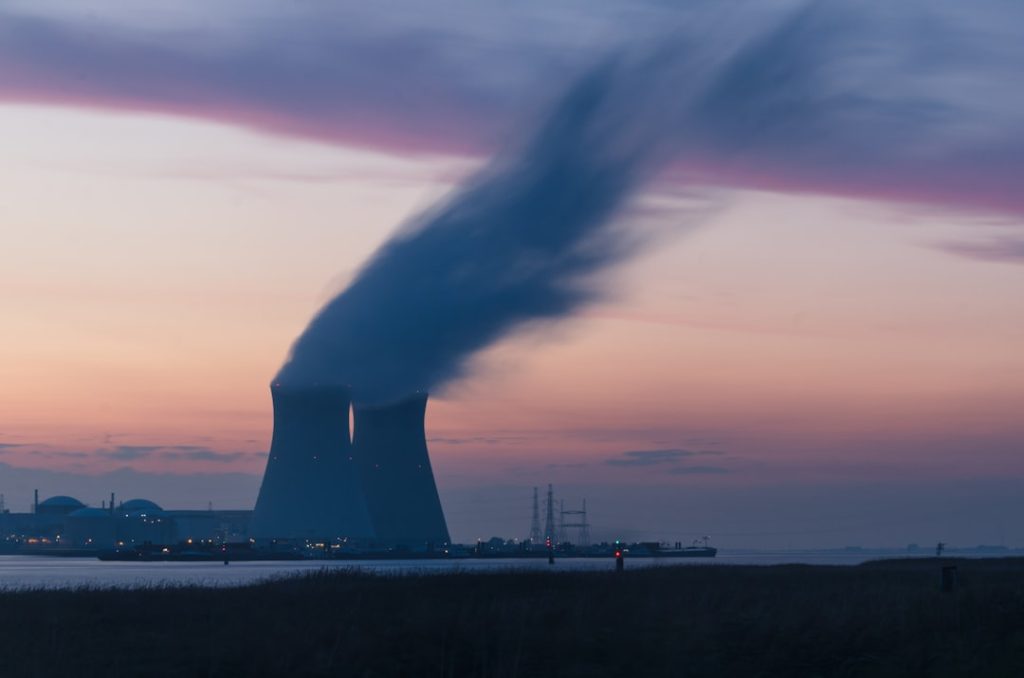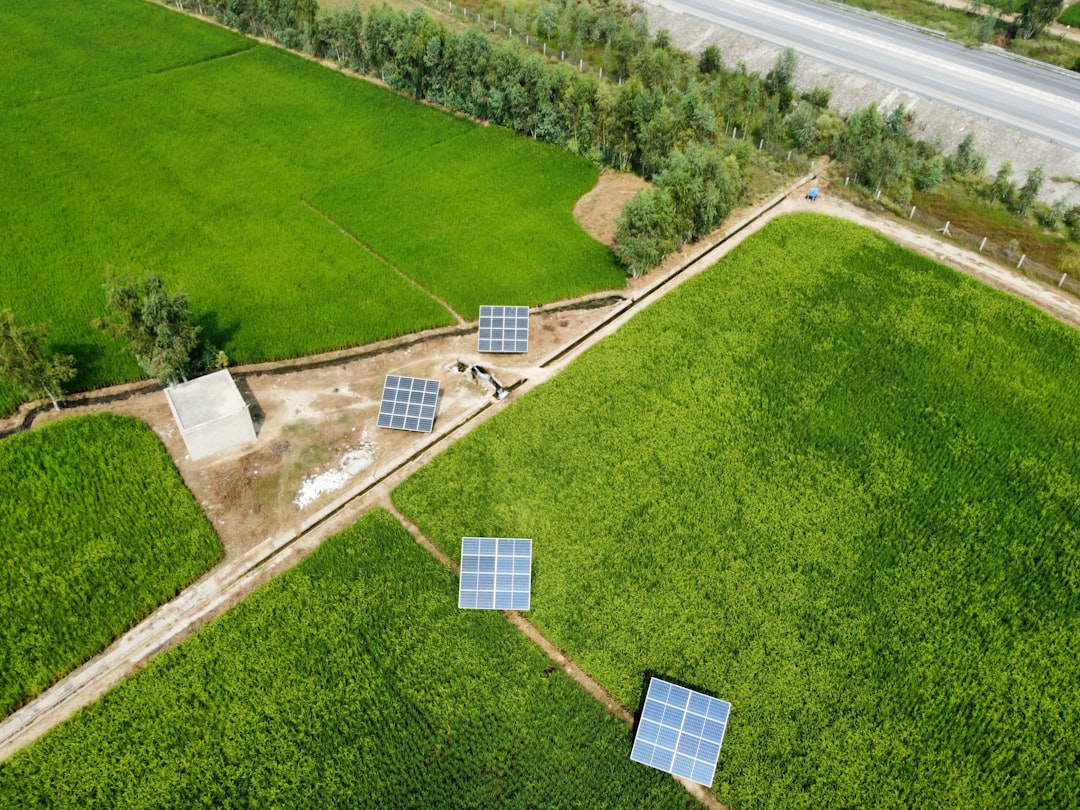Innovative Engineering Solutions Transforming Energy Facilities for a Sustainable Future
3 min read
The pressing need to reduce global carbon emissions and ensure energy efficiency has catalyzed a wave of innovation in the engineering sector. As the world shifts toward renewable resources and more sustainable practices, engineers are playing a pivotal role in transforming energy facilities to align with green objectives. Their solutions are not only redefining infrastructure but also making energy systems smarter, more resilient, and environmentally friendly.
One of the primary goals in this transformation is to adapt existing energy infrastructures, such as power plants and grid systems, to utilize renewable resources. This includes innovations like retrofitting old coal-fired plants to run on biomass or installing hybrid systems that can switch seamlessly between traditional and renewable power sources based on demand and efficiency.

Advanced Monitoring and Predictive Maintenance
With the integration of advanced sensors and the Internet of Things (IoT), energy facilities can now monitor conditions in real-time. These smart systems enable predictive maintenance, which reduces downtime and improves control over energy generation rates. For example, wind turbines are now equipped with vibration sensors that anticipate mechanical failures. This proactive approach not only enhances efficiency but also extends the operating life of critical components.
Carbon Capture and Storage (CCS)
Another transformative engineering solution is the implementation of carbon capture and storage. CCS technology captures carbon dioxide from emission sources and stores it underground to prevent it from entering the atmosphere. Engineers are now designing these systems to integrate seamlessly with fossil-fuel-based facilities, reducing their carbon footprint while maintaining energy output. Innovations in materials and integration techniques have made CCS more viable and scalable for widespread adoption.
Smart Grid Technology
One of the most significant advancements in the energy sector is the development of smart grid systems. These grids employ automated control, high-performance computing, and real-time data analysis to match energy generation with consumption dynamically. Engineers are creating algorithms that can forecast energy use patterns and optimize distribution routes, minimizing waste and overload scenarios.

Microgrid Development
Microgrids—localized, self-sufficient energy systems—are becoming increasingly popular, especially in remote or disaster-prone areas. Engineering advancements have made it easier to design and implement microgrids that incorporate solar, wind, and battery storage technologies. These systems not only improve energy access but also enhance resilience against infrastructural disruptions such as natural disasters.
Energy Storage Innovations
Renewable energy sources, while environmentally friendly, are inherently intermittent. To address this, engineers are developing advanced energy storage systems. These include lithium-ion batteries with high charge capacities, flow batteries for large-scale systems, and even gravity-based storage designs. These innovations ensure that energy remains available when production from renewables is low.
Hydrogen as an Energy Carrier
Hydrogen is emerging as a clean energy carrier with vast potential. Modern engineering solutions are focusing on the production of green hydrogen—produced through electrolysis powered by renewable energy. The challenge lies in efficiently integrating hydrogen systems into existing facilities. Engineers are working on optimizing electrolyzers and designing safe, cost-effective hydrogen storage methods to make this a practical option for the future.
The transition to sustainable energy systems is not merely a vision—it’s actively underway, thanks to innovative ideas and durable engineering execution. From smart grids to carbon capture, every advancement brings the world one step closer to a cleaner, more reliable energy future.
Frequently Asked Questions (FAQ)
-
What is the role of engineering in sustainability?
Engineering provides the tools and methodologies to design, build, and implement technologies that reduce environmental impact while improving performance and efficiency. -
How does carbon capture technology work?
Carbon capture systems isolate carbon dioxide emissions from power or industrial processes and store it underground or repurpose it for use in other applications. -
What are smart grids, and why are they important?
Smart grids are digitally enhanced electrical grids that monitor and manage the transport of electricity from all generation sources to meet varying demand in real-time, improving reliability and reducing waste. -
Why are microgrids beneficial for renewable adoption?
Microgrids enable localized energy generation and consumption, reducing reliance on large, centralized grids and making renewable energy more accessible to small or remote communities. -
Is hydrogen a viable energy alternative today?
While still in developmental stages for mass adoption, hydrogen shows promise due to its potential for storage, clean fuel usage, and integration with renewable energy systems.



